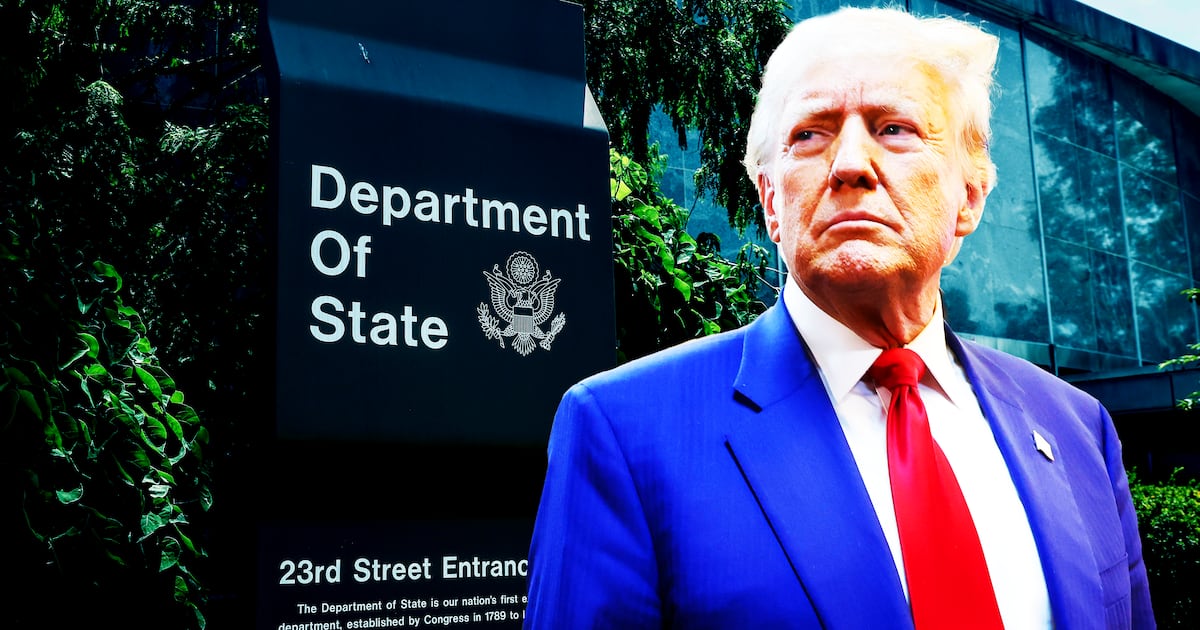Andy Slavitt was shocked when he joined the Biden administration.
“I was under the impression coming in—as many, many Americans were—that there were big stockpiles of vaccines waiting to go out the door that were produced over the course of the last year. It's been much, much less the case than I think we'd been led to believe,” the White House senior adviser for COVID response tells Molly Jong-Fast and Jesse Cannon on the latest episode of The New Abnormal.
It was one of a host of shortcomings the Biden team found, Slavitt says: “Not enough vaccines, not enough vaccinators, not enough places for people to get vaccines.”
“So when we got here January 20th, one of the things we learned [was] only 46 percent of the vaccines delivered to states had actually made its way into people's arms. Now you'd never expect that to be 100 percent. But 46 percent? It was low,” Slavitt adds.
There’s now a plan in place to purchase as many as 600 million doses, hopefully enough for every American. States are now using 75 percent of their doses, a big step up from a few weeks ago. And there may be another vaccine around the corner, from Johnson & Johnson. “I would love to tell you, we weren't going to be starting with a huge stockpile of Johnson & Johnson vaccine. The truth is we're starting with a small number and we've got to build it as quickly as possible.”
Meanwhile, the virus is evolving. More contagious, deadlier variants are spreading, fast. But even here, Slavitt sees some signs for hope. “All of the vaccines work very well against the English B117 variant. So that's good. The South African variant—and there's another one that looks like the South African, that's the Brazilian variant—that one it's interesting. There is a degradation of performance of the vaccines against the South African variant. However, that degradation is thankfully still above the scientific threshold for effectiveness,” Slavitt says. “It still generates antibodies. It doesn't generate as many. But it’s good.”
The vaccines may even be a bit better than advertised, Slavitt says. “You know, we may have done a little bit of a disservice to ourselves when with the Moderna and Pfizer vaccines, we talked about the end point as including [severe] and mild [COVID-19 cases], because we really don't care as much about the mild. And so we get very fixated on the fact that they're 95-percent effective against both, right. And we probably should have stepped back and said, ‘You know what, let’s just measure it against more severe symptoms.’ In which case, the Johnson & Johnson does very close to comparable.” And all of the vaccines seem to stop severe cases—from all the variants.
There are even some indications that “viral load”—the amount of virus a person carries—“is decreased for people who are vaccinated,” indicating “that these vaccines not only reduce disease and save lives, but these vaccines also will reduce the ability of people to affect one another, which if it holds up, will be terrific news.”
But only if the vaccine gets into the arms of the people who need it the most, Slavitt cautions.
“It's not just how many vaccines are being administered, but also how equitably they're being distributed. Because look, we all know there are half the population or more who would crawl over broken glass to get the vaccine, right. But the problem is they’re crawling over other people,” he adds. “You know, they're getting online and going into communities, maybe neighborhoods they've never visited or visited in a long time, but [where] we put vaccines that are really hard hit by the virus. People are coming in, refreshing their browser, and going in and getting these appointments. It's really important that we not just focus on how many people we vaccinated, but that we do it as equitably as possible. And that's a big, big push for us.”
Listen to The New Abnormal on Apple Podcasts, Spotify, and Stitcher.






